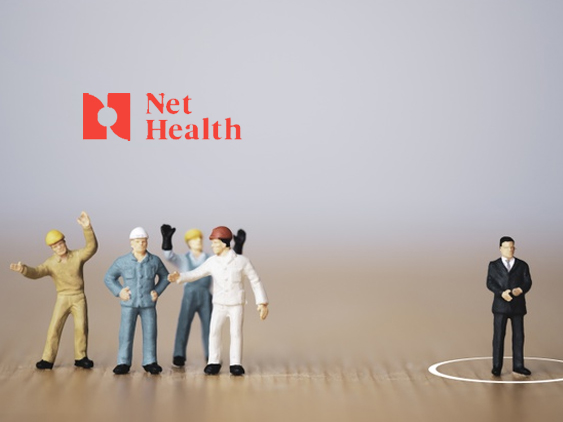Post-pandemic environment will put new pressure on industry to ensure immunization and wellness mandates are met
While hospitals have the initial phase of immunizing staff against COVID-19 in hand, new challenges are on the horizon that will likely prompt re-examination of current management and tracking systems, says Net Health, a leading provider of cloud-based software for healthcare providers.
HR Technology News: Office Evolution Expands In Houston With First Landlord Deal
Additional reporting requirements, staff hold-outs for COVID vaccines, and the upcoming 2021 flu season are putting increasing pressure on hospitals, long-term care facilities and other provider organizations to ensure they can effectively and efficiently manage employee health. With these demands and uncertainties in mind, Net Health, which has been helping hospitals manage employee health for more than three decades, is offering “10 Tips for Managing Employee Health in a Post-Pandemic Marketplace.”
The list was developed by the clinical and operational teams for Net Health’s Employee Health software, a platform that offers total compliance tracking, including COVID-19, flu and other required immunizations, and employee wellness oversight in one specialized and paperless documentation solution.
10 Tips for Managing Employee Health in a Post-Pandemic Marketplace
- Ensure awareness of all state and federal reporting requirements. All 50 states require reporting of flu, COVID-19 and other immunizations. Requirements may continue to evolve for COVID immunizations – for example, some require electronic submissions, others by fax. It is up to hospitals to stay on top of regulations for all states where they operate.
- Embrace technology to make immunization management, tracking and reporting of employee health more efficient. Use technology with efficiency-promoting features, such as mobile screening, which allows immunization events to be held at multiple locations, and automated daily uploads to relevant reporting bodies (e.g., state immunization COVID registries).
- Explore systems that integrate immunization and other wellness programs into one platform for easier reporting, better management and cost-savings. Ensure the system interfaces and is interoperable with your EHR and other technologies, so that it streamlines processes and brings efficiencies to your team.
- Make the process for flu, COVID and other vaccinations simpler and convenient for staff. Have multiple locations and times (made possible through mobile technologies) for immunizations and be considerate of the impact on their schedules.
- Look for platforms that offer easy-to-use, on-demand portals. This allows employees to efficiently schedule appointments, complete and submit paperwork and get answers to questions about the organization’s health programs and requirements.
- Communicate clearly and often with employees so they know the rationale behind vaccination and wellness programs. Many still have questions and education and support will help them understand the importance of vaccinations for healthcare workers.
- Identify employees who have not been immunized or completed the process. Contact them to find out about their concern or issues. Is it scheduling timing, or do they need more education on the value of immunizations?
- Coordinate the timing of various immunizations so it does not interfere with work and home schedules. For employees needing their initial or second-round of immunizations, and with booster shots for COVID-19 under consideration, remember that the CDC recommends 21 days between COVID and other vaccines.
- Look specifically for platforms that offer a business intelligence dashboard. This enables managers and leadership to quickly access employee health status and relevant reports and identify areas of need (for example, a department with staff that has not completed their immunizations).
- Make compliance tracking the cornerstone of a comprehensive, coordinated and integrated employee health program. While your primary focus is on your patients, ask if now is the time to take a fresh look at the health services you offer to employees.
HR Technology News: Employee Burnout Up As Employers Pull Back On Support For Mental Health Benefits, Headspace Survey Finds

